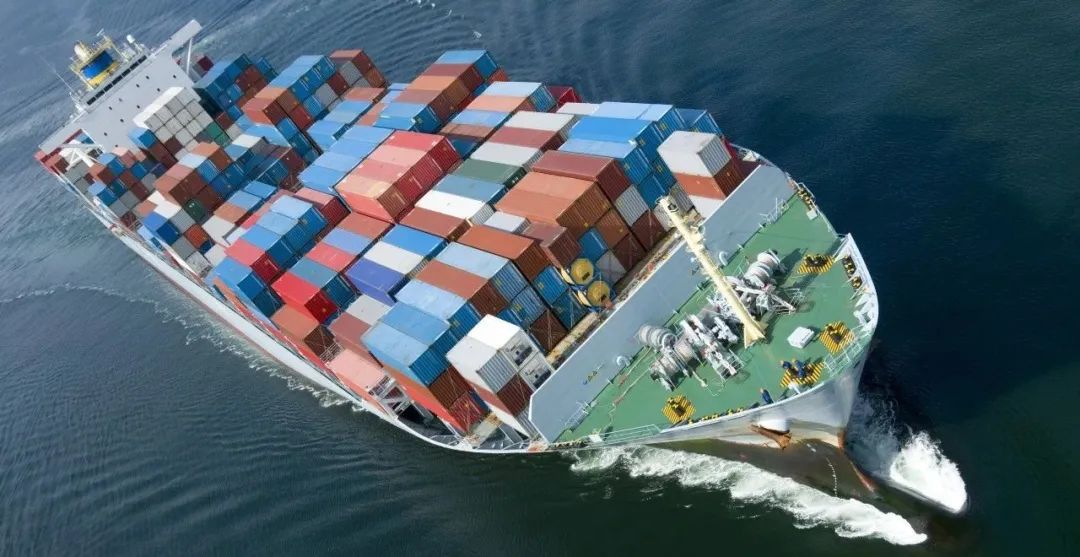No More Peak Season! West Coast Shipping Rates Plunge by 70%
Despite the third quarter traditionally being the peak season for shipping, the uncertainty of U.S. President Trump's tariff policies has led to a significant drop in freight rates on the West Coast routes by 70% recently, and a 50% drop on the East Coast routes. The shipping market is showing a "not-so-busy peak season" trend.
Industry insiders point out that the current freight rates on the US West Coast route have approached cost price. Against this backdrop, two shipping companies have already begun to reduce capacity. With the rush to ship goods coming to an end and multiple factors such as the appreciation of Asian currencies intertwining, traders are cautiously planning their shipping arrangements.

From the freight rate data, the third quarter should have been the peak season for exports to the US routes. However, freight rates on the China-US routes have plummeted significantly, clearly dampening exporters' enthusiasm. Currently, the freight rates for the US East Coast route have fallen back to $3,300-3,800 per FEU, while the US West Coast route is at $1,700-1,800 per FEU. Compared to the peak rates in early June, the US East Coast route has dropped by about 50%, and the US West Coast route has plunged by as much as 70%.
The sharp decline in freight rates is mainly due to two reasons. First, in the first half of the year, traders rushed to ship goods in advance out of concern over tariff policy adjustments, resulting in sluggish market shipments in the second half of the year. Although the third quarter is traditionally the peak season for the US route, market demand remains weak, and the peak season may end earlier than usual. Second, US tariff policies have had a profound impact on exporters. Although tariff policies were eased in May, cargo volume dropped again in June, and market confidence has not effectively recovered. In the first quarter of this year, US retailers expedited shipments to avoid tariff risks, but cargo volume fell again in June, further exacerbating market uncertainty.
The export situation of goods to the U.S. this year is closely linked to tariff policies. As the world's largest consumer market, the U.S. plays a crucial role in the container shipping freight market. Besides tariff factors, the decline in U.S. consumer capacity is also one of the important reasons for the drop in freight rates. Data shows that the U.S. Consumer Price Index (CPI) rose to 2.7% in June, reaching a four-month high, increasing the pressure on import prices and further exacerbating inflation risks. This has also, to some extent, weakened exporters' willingness to ship goods.
In response to market changes, shipping companies are actively adjusting their capacity deployment. Companies such as Mediterranean Shipping Company (MSC) and Zhonglian Shipping have already reduced capacity on the US West Coast routes. Industry insiders generally expect that if freight rates remain sluggish, shipping companies will further optimize capacity allocation and withdraw extra vessels, though the exact scale of these adjustments remains to be seen. As for the market outlook in the second half of the year, the industry as a whole holds a pessimistic view, but still believes that there may be growth opportunities in certain regions or niche markets.
【Copyright and Disclaimer】The above information is collected and organized by PlastMatch. The copyright belongs to the original author. This article is reprinted for the purpose of providing more information, and it does not imply that PlastMatch endorses the views expressed in the article or guarantees its accuracy. If there are any errors in the source attribution or if your legitimate rights have been infringed, please contact us, and we will promptly correct or remove the content. If other media, websites, or individuals use the aforementioned content, they must clearly indicate the original source and origin of the work and assume legal responsibility on their own.
Most Popular
-

List Released! Mexico Announces 50% Tariff On 1,371 China Product Categories
-

Nissan Cuts Production of New Leaf EV in Half Due to Battery Shortage
-

New Breakthrough in Domestic Adiponitrile! Observing the Rise of China's Nylon Industry Chain from Tianchen Qixiang's Production
-

Dow, Wanhua, Huntsman Intensively Raise Prices! Who Controls the Global MDI Prices?
-

Mexico officially imposes tariffs on 1,400 chinese products, with rates up to 50%






